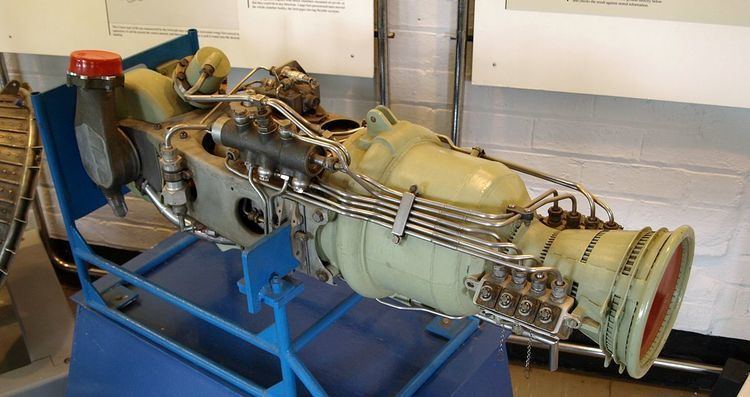 | ||
The Bristol Siddeley BS.605 was a British take off assist rocket engine of the mid-1960s that used hydrogen peroxide and kerosene propellant.
Contents
Design and development
The BS.605 design was based on the smaller of two combustion chambers of the earlier Armstrong Siddeley Stentor. A pair of retractable BS.605 engines were fitted to Buccaneer S.50 strike aircraft of the South African Air Force for hot and high operations. The BS.605 was also considered for the Bluebird CMN-8, a design for a supersonic land speed record car, to be driven by Donald Campbell.
Applications
Engines on display
General characteristics
Components
Performance
References
Bristol Siddeley 605 Wikipedia(Text) CC BY-SA
